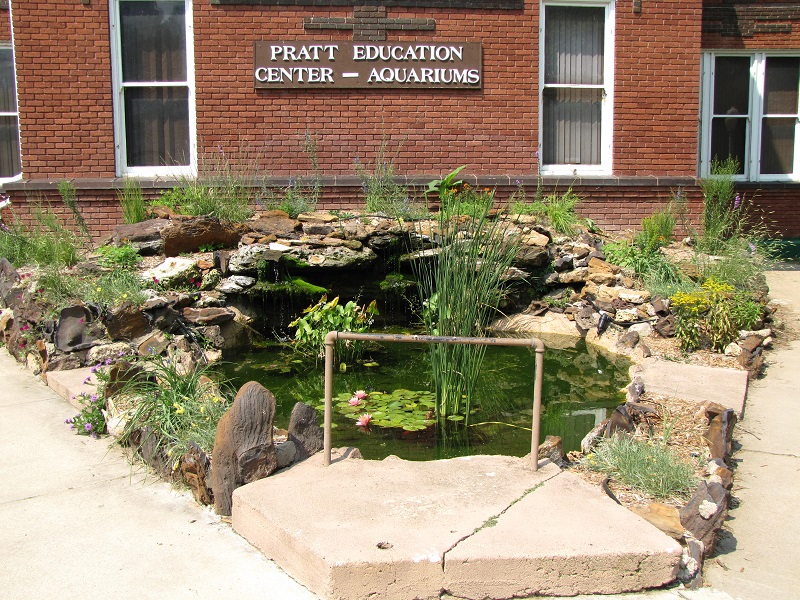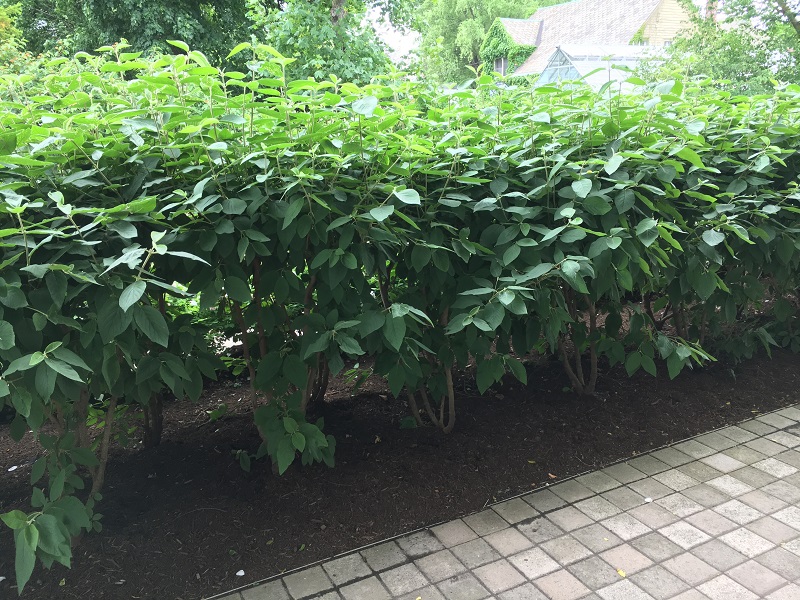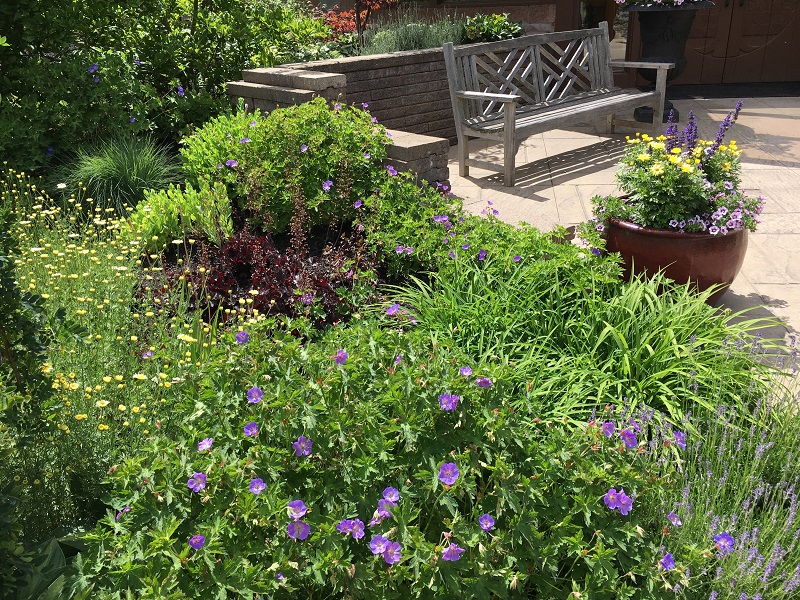One of the takeaways from last Saturday’s Native Plant Symposium was that every garden is different. Each landscape takes on the unique vision of the owner. It is cared for with love or neglect and shaped into an oasis that reflects the passions of each gardener. Through plants, art, paths, benches and even ponds, they were, with a bit of effort, able to create their own little bit of heaven.
Some of the gardens were large, but many of them were smaller with challenges all their own. The tiniest landscapes tend to give gardeners the biggest headaches, but they can also give the most satisfaction if designed properly. These small gardens provide opportunities to treasure and notice the beauty and details of the garden daily. Here are some design essentials for smaller spaces:
Know your space
How much area needs to be landscaped? Is it sunny or shady? What soil do you have and is it wet or dry? What are the boundaries made of (fence, trees, a house, a deck, or a stone wall)? What type of views do you have and do you like what you see?
What type of a garden are you trying to create?
Is it a wildlife sanctuary? Do you want a secluded place to sit and read a book? Is it a space to grow herbs and vegetables along with some beautiful plants? Will you be looking at your garden from within or outside the garden?
Soften the surroundings with plants
The borders of the garden are prominent features that can be enhanced with plants that grow vertically. Whether you have a fence or railing along the edge, plants help define the boundaries. These taller vertical layers will give your garden depth. They develop the illusion that your garden is larger. They also provide privacy and screen out bad views.
Create garden rooms
Not every yard is large enough to create multiple outdoor rooms. If you have the space, however, paths leading to another more intimate area can really be fun. Vary your path, landscaping material and plants in each room so each garden area is unique. Only show a portion of the room to generate intrigue. Interesting lines of plants or edging leading you through the garden can direct you to that hidden sanctuary.
Landscape Layering
I think layering is the most important part of a landscape design. Layers of plants blend the garden together. This will make the landscape feel cohesive and lush. Mix and match sizes and shapes of plants to create a tiered effect. Hopscotching down from largest in the back to shortest along the path edges with different textures, shapes, and repetition of forms that are in scale with your area will make the garden look full and larger than it really is. If you can pull this effect off, your small garden will be one of life’s simple pleasures.
Choosing the right plant
Evergreen trees and shrubs provide structure and interest all year round. Perennials, shrubs and trees add seasonal interest from flowers, foliage, bark and berries. By varying plant types with different foliage such as grasses you add texture and movement in the garden. Scented plants near benches or close to the house waft fragrance through the garden with the gentlest breeze. Flowers that attract butterflies, bees and other pollinators can make a big difference. Trees and large shrubs such as Viburnums add height, privacy, interest from bark, foliage, fruit or flowers, as well as habitat for birds and insects.
Have a place where you can enjoy your creation.
What good is a garden that cannot be enjoyed? Include a bench, comfy chair, fire pit, stone wall or hammock to relax in your garden. Consider whether to build some seating into the plan using seat-height walls to contain flower beds with scented plants.
There is something special about a small garden done right. Landscapes take on the personality of the gardener, through special touches that make your garden special to you. Many people consider these small spaces difficult because they don’t have much to work with, but the key to success with intimate spaces is defining its purpose. That is the starting point. Inspiration is as wild and crazy as you want to be. Have fun with it and embrace the space.






